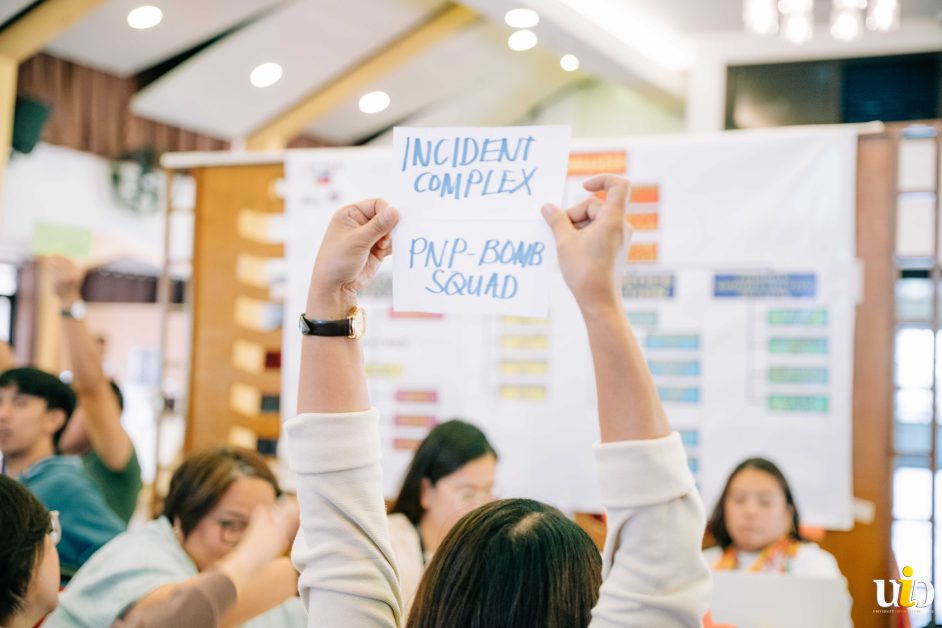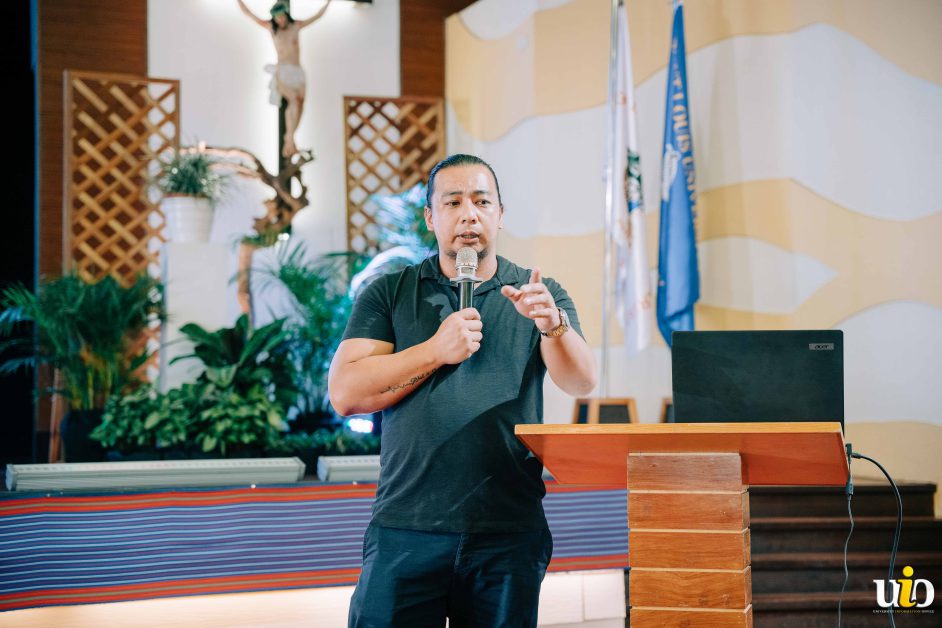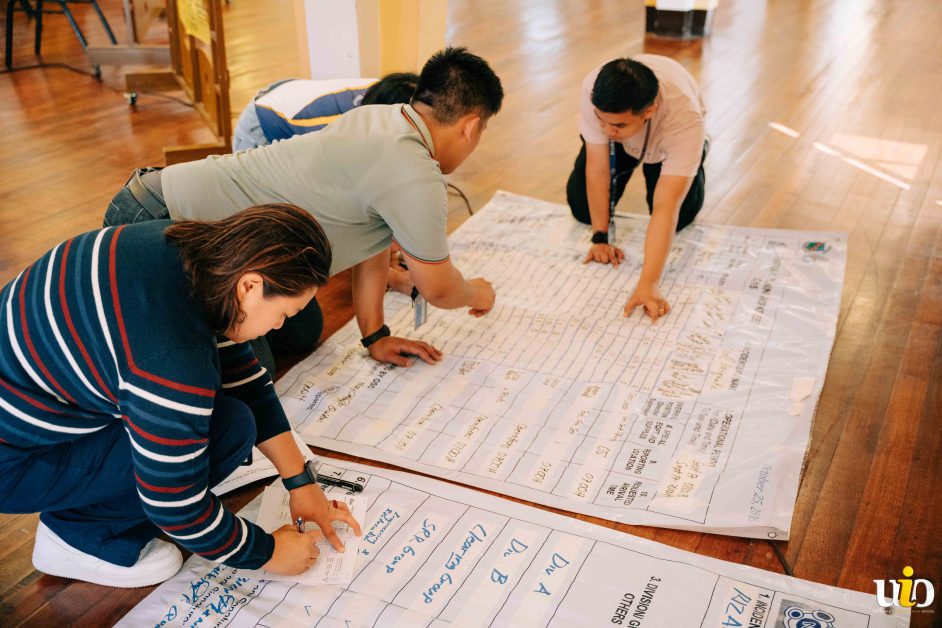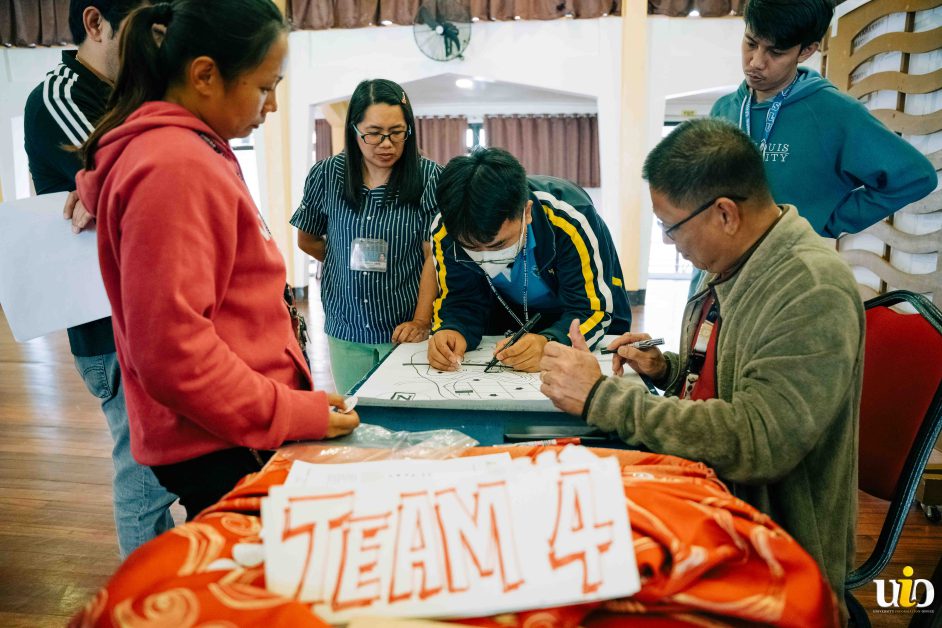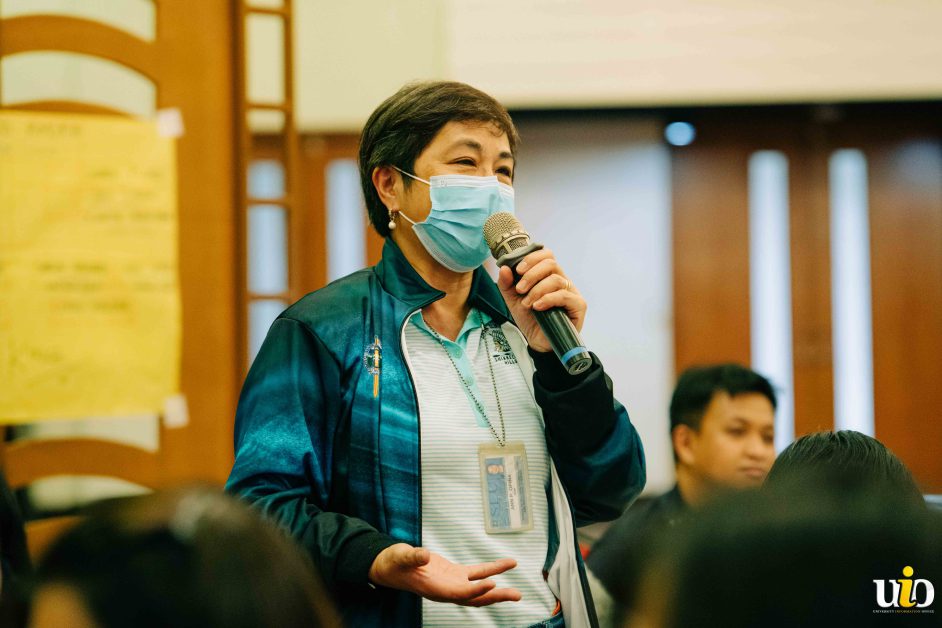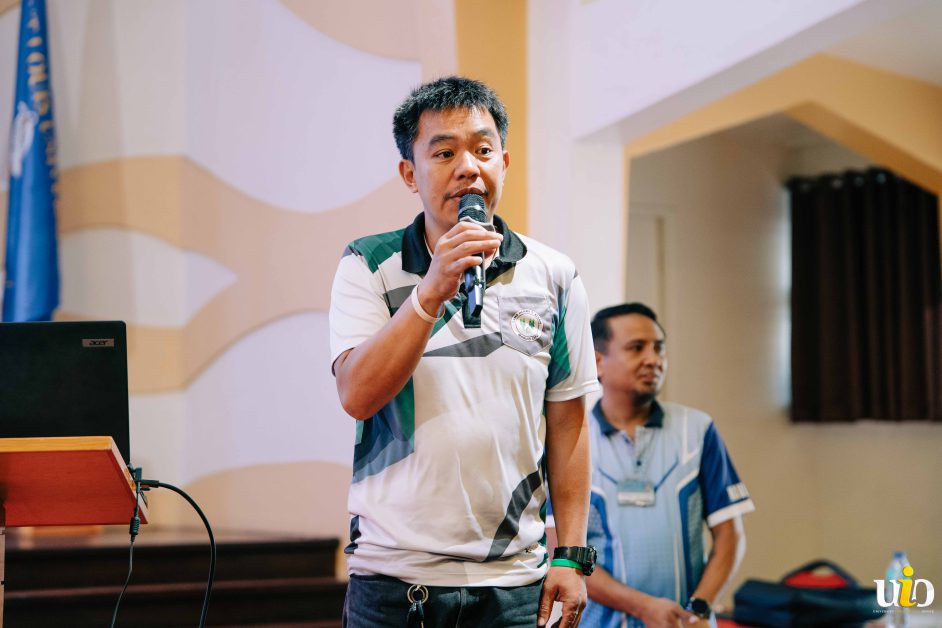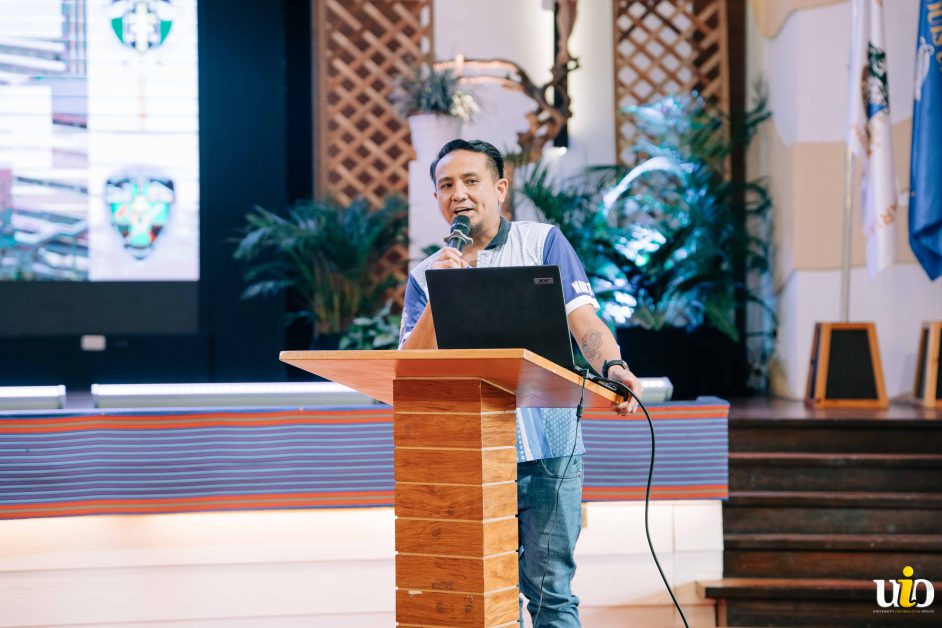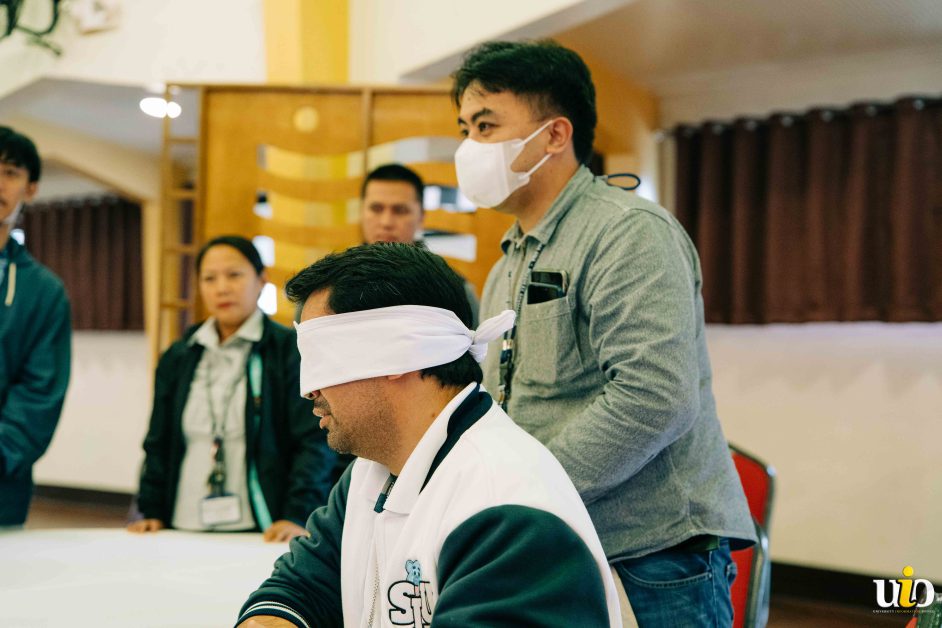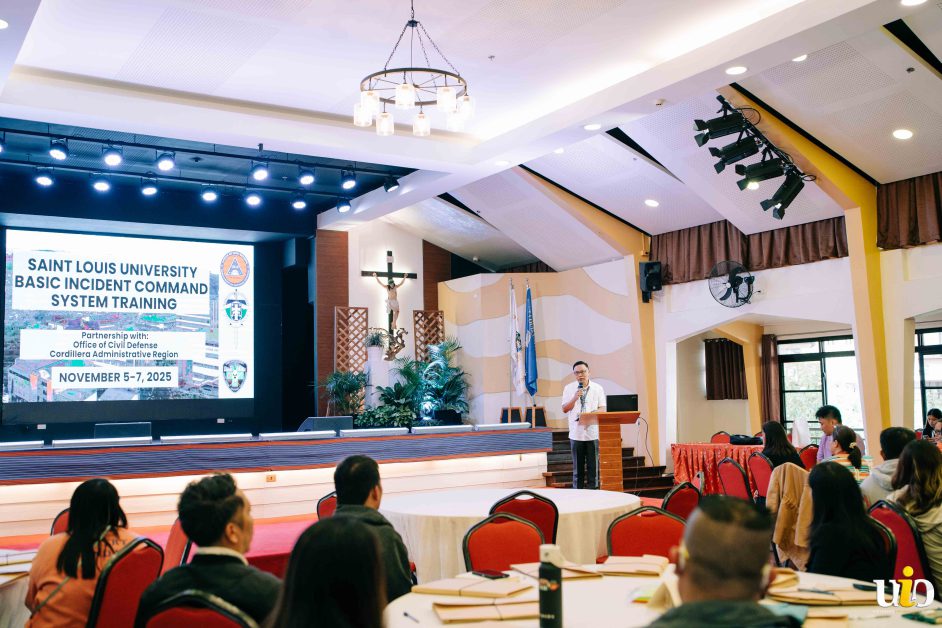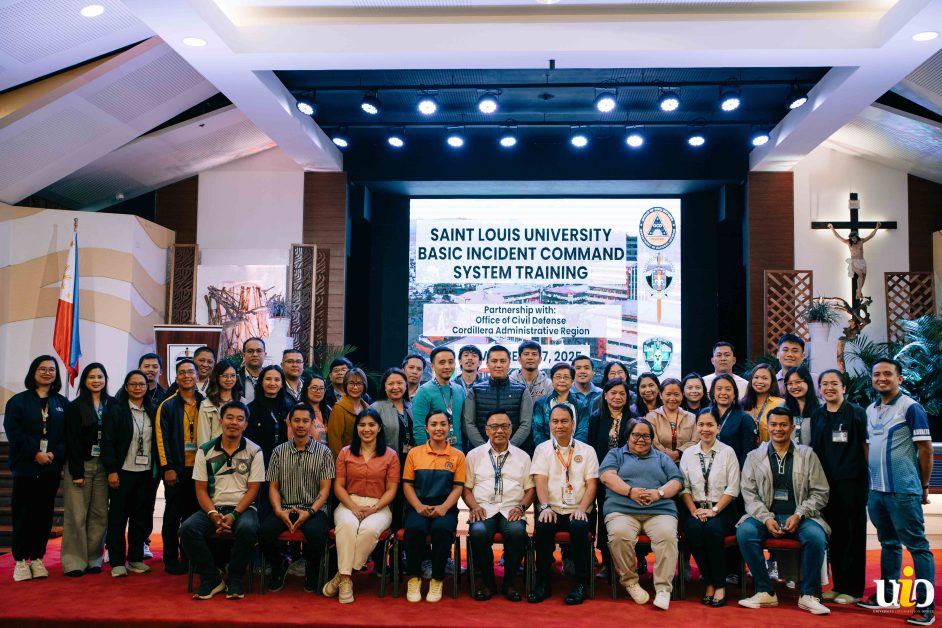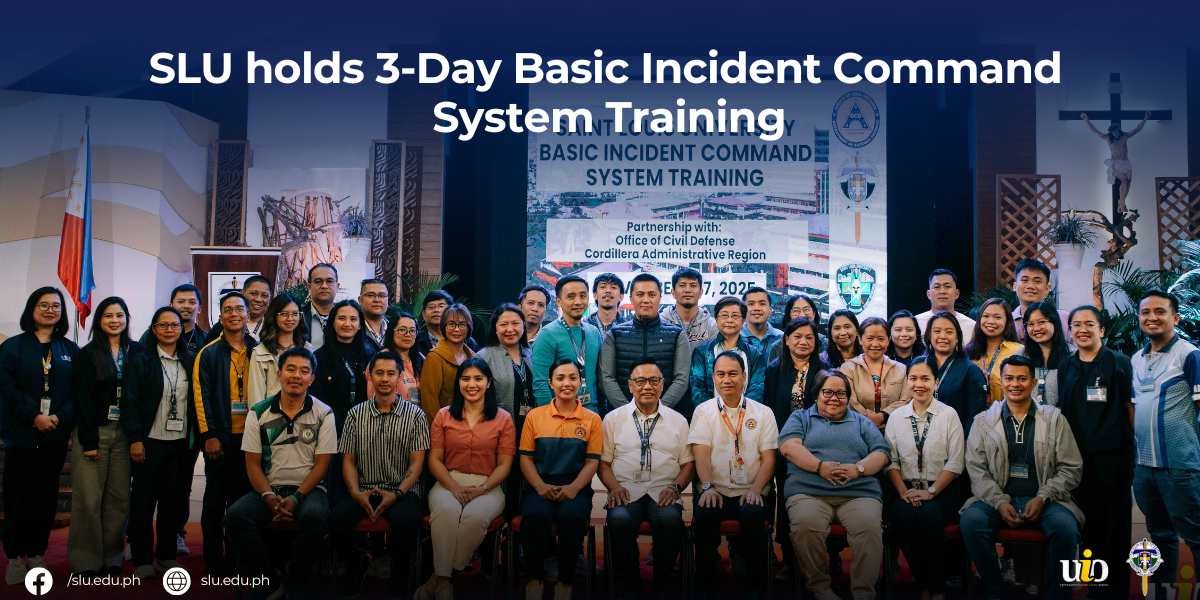To even reinforce its commitment to strengthening crisis management capabilities, Saint Louis University (SLU), through its Campus Planning, Maintenance, and Security Department (CPMSD), held a three-day Basic Incident Command System (BICS) Training in partnership with the Office of Civil Defense Cordillera Administrative Region (OCD-CAR) from 5 to 7 November 2025 at the Fr. Gevers Hall, Diego Silang Building, SLU Main Campus.
SLU President Rev. Fr. Gilbert B. Sales, CICM, PhD, in his opening remarks, emphasized collective responsibility and response amidst the reality of emergencies in the university and the City of Baguio. “We are a community that cares deeply—about our students, staff, and families. Living in Baguio means embracing both its beauty and risks. This training teaches us how to lead with clarity and compassion during disasters. Our strength lies in knowing our roles and moving as one,” he remarked. His message highlighted that the ICS training is about practical readiness where coordination, communication, and compassion save lives, underlining the ICS principle of unified command.
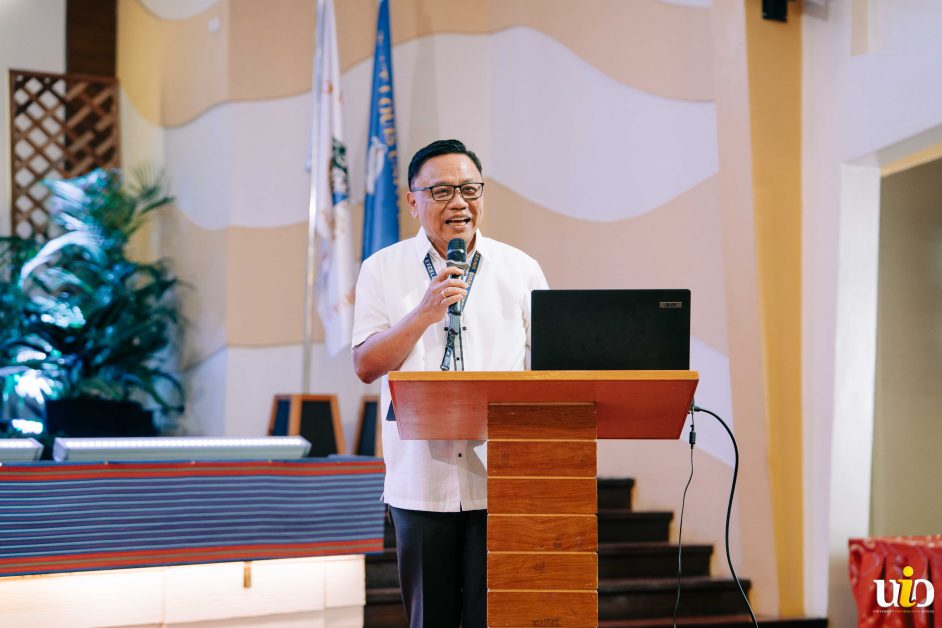
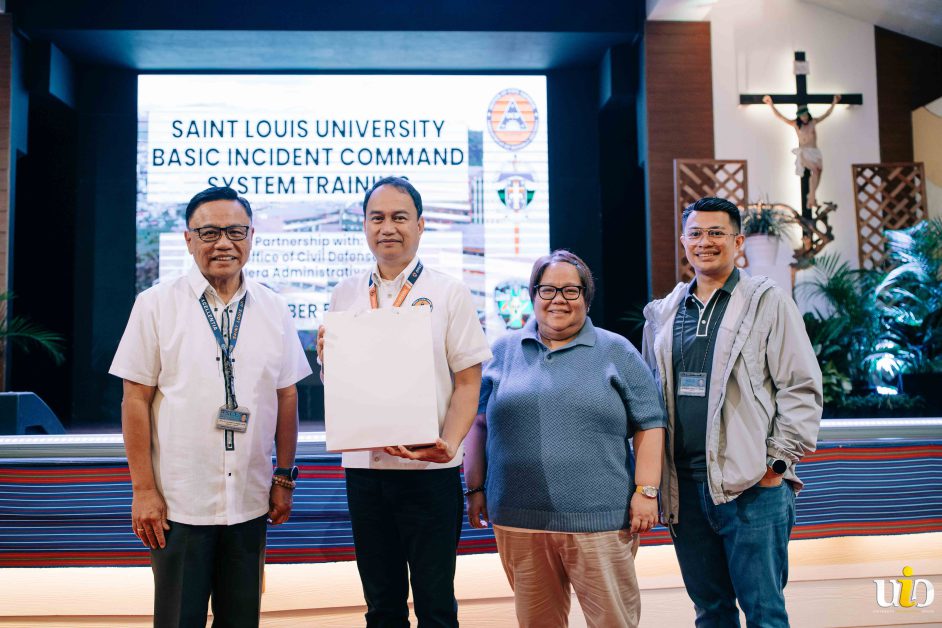
Additionally, DRRM Division Chief, Engr. Jose Ignacio V. Valera stressed the importance of institutionalizing such training as part of the broader national disaster preparedness efforts, noting that SLU’s participation strengthens regional resilience. He pointed out that transforming knowledge into action is key, which was supported by expert facilitators from OCD-CAR.
The training proper, participated by representatives of selected offices led by the University’s Crisis Management and Resilience Team (CMRT), then commenced tackling the following modules:
Day 1
Module 1: Introduction to ICS concepts, background, and features
The Introduction to ICS concepts, background, and features, was presented by Mr. Allan Colt Lagasca, RN, Public Health Unit. It covered ICS origins, principles, organizational structure, and addressed common challenges like communication gaps, resource limits, and coordination issues. The module emphasized clear objectives, defined roles, plain language communication, check-in procedures, logistics management, and collaboration among agencies.
Module 2: ICS organizational structure and staffing roles
Mr. King Guinid of the City Disaster Risk Reduction and Management Office (CDRRMO), explained the ICS organizational structure and staffing roles, outlining five sections: Incident Command, Operations, Planning, Logistics, and Finance. It described leadership roles, delegation of authority, role clarity, technical competence, and communication importance. The Incident Commander’s responsibilities include establishing overall objectives, resource authorization, safety, and public information. The roles of the Public Information Officer and Safety Officer ensure coordinated management.
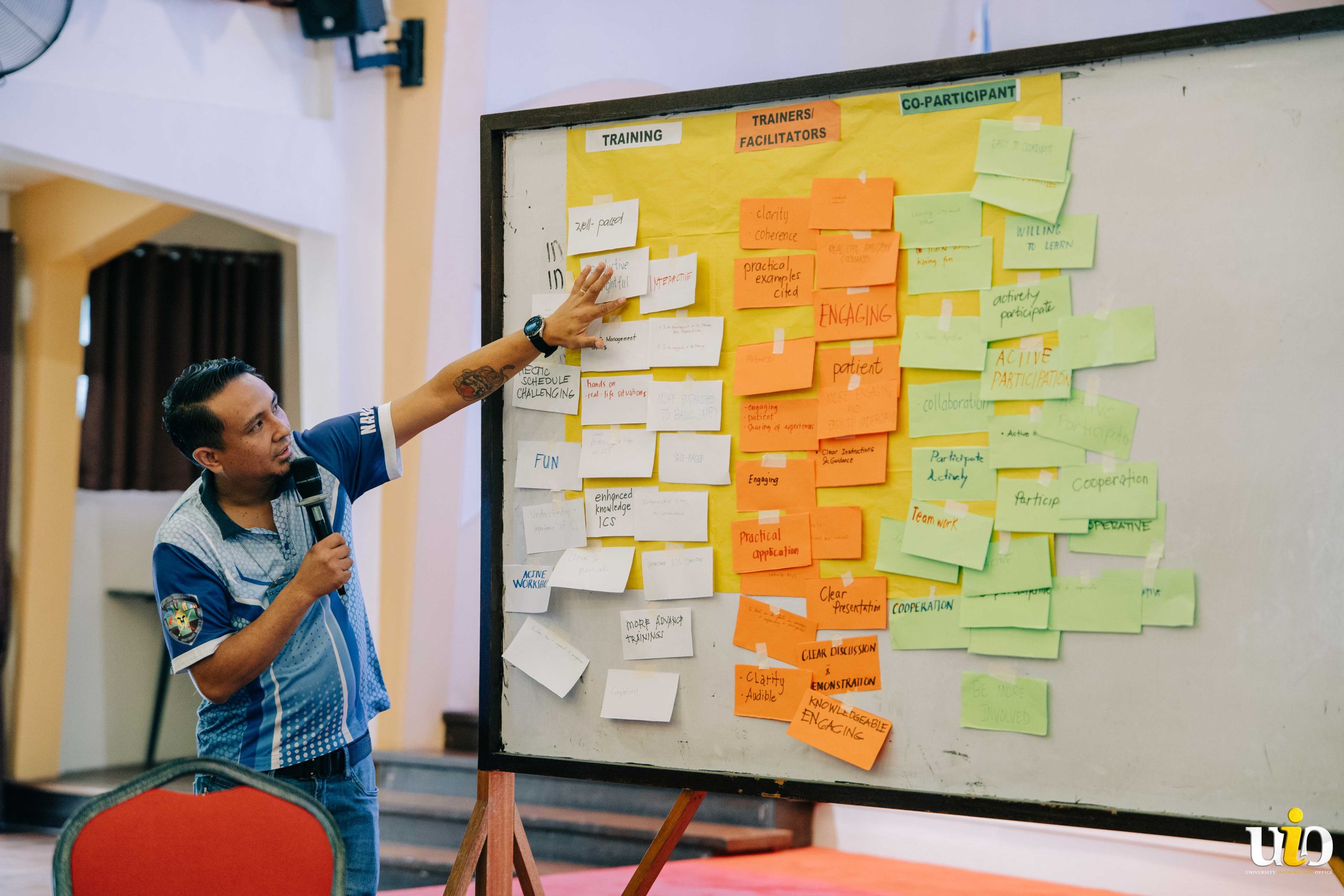
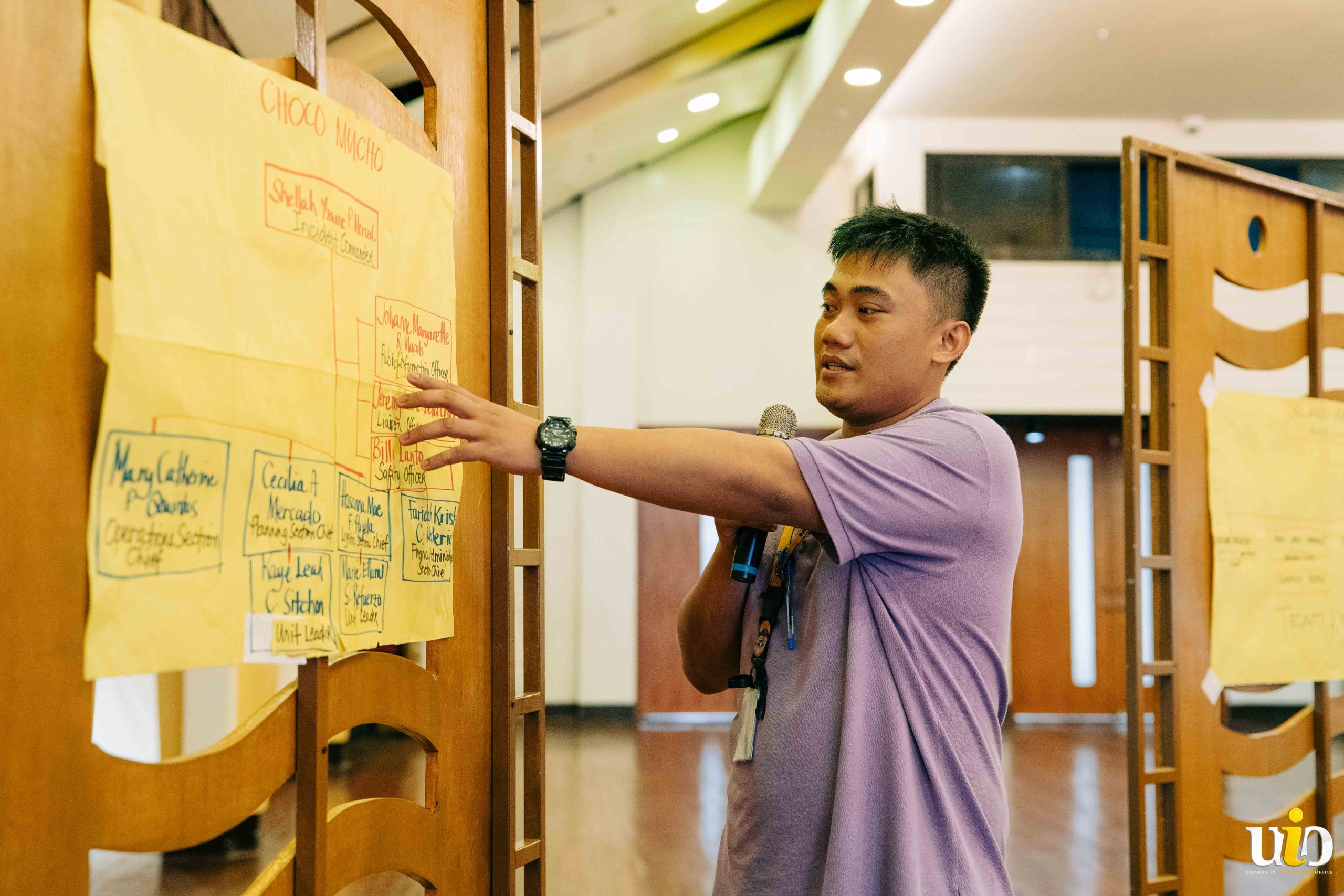
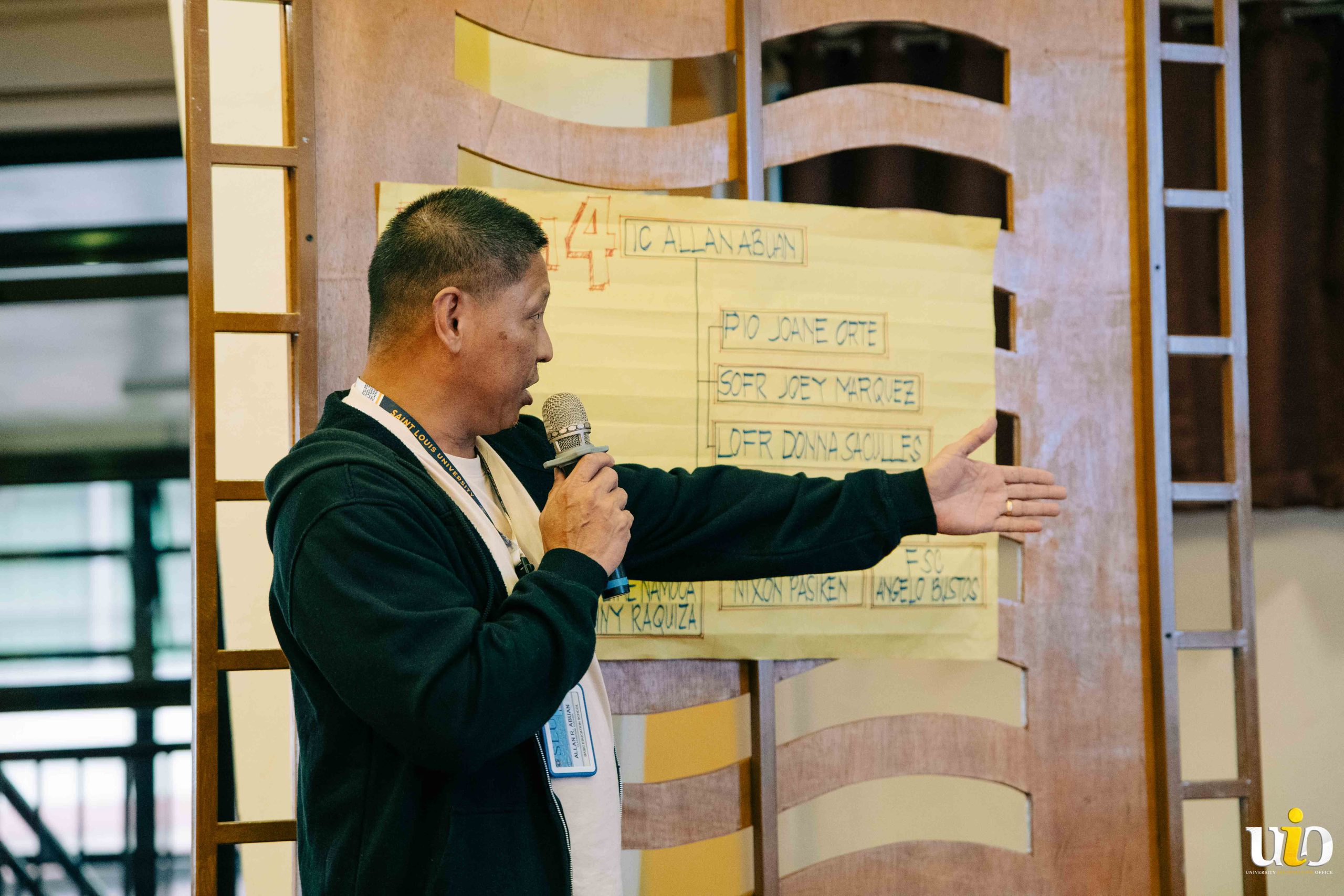
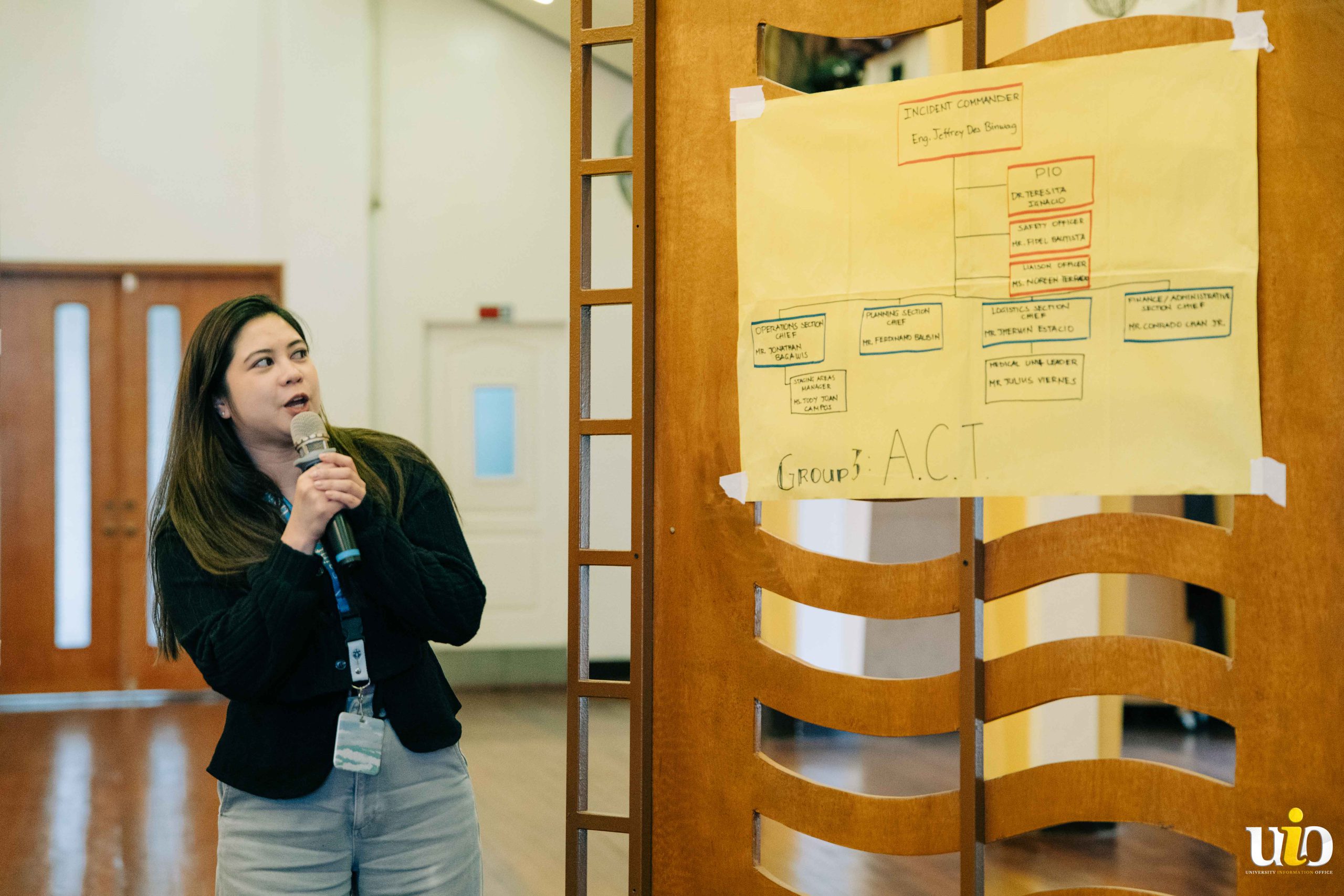
Day 2
Module 3: ICS Facilities
Day two extended to uncovering essential ICS components with several modules by different facilitators. Ms. Esther L. Banawi of CDRRMO detailed the types of facilities, emphasizing the Incident Command Post (ICP) as the secure central coordination area; staging areas near tactical sites for resource deployment, and proper utilization and deployment of communication and support services. Facilities must be well-planned, sufficiently large, and strategically located to support response.
Module 4: Organizing ICS and Managing Incidents and Events
Mr. Valdemar K. Sawad of Camp Allen LGU, focused on Organizing ICS and Managing Incidents and Events on planning for major incidents and public events. He highlighted applying ICS strategies for safety through resource coordination. The module addressed navigating through rapid escalation, complex communications, multi-agency involvement, and psychological impacts to stressing flexible management, filling key positions, developing Incident Action Plans (IAP), monitoring progress, and adapting strategies.
Module 5: Incident/Event Assessment and Management by Objectives
The discussion of Mr. Kenneth Khayog of the Health Services Office emphasized organizing response efforts around clear, realistic objectives. It covered unified systematic approaches based on verified information and situational awareness, prioritizing safety, security, and environmental concerns, continuous information gathering, communication, and strategy adjustment.
Module 6: Organizing and Managing Resources
The topic of Module 6 centered on Organizing and Managing Resources facilitated by Ms. Joan T. Bimano, the Chief of Capacity Building and Training Section (CBTS) at OCD-CAR. She expounded on resource categorization (personnel, equipment, specific assets), coordination, leadership, communication, and logistics. She stressed the importance of resource tracing through technology and manual methods, collaboration between government and private sectors, and detailed planning to ensure responder safety and operational efficiency.
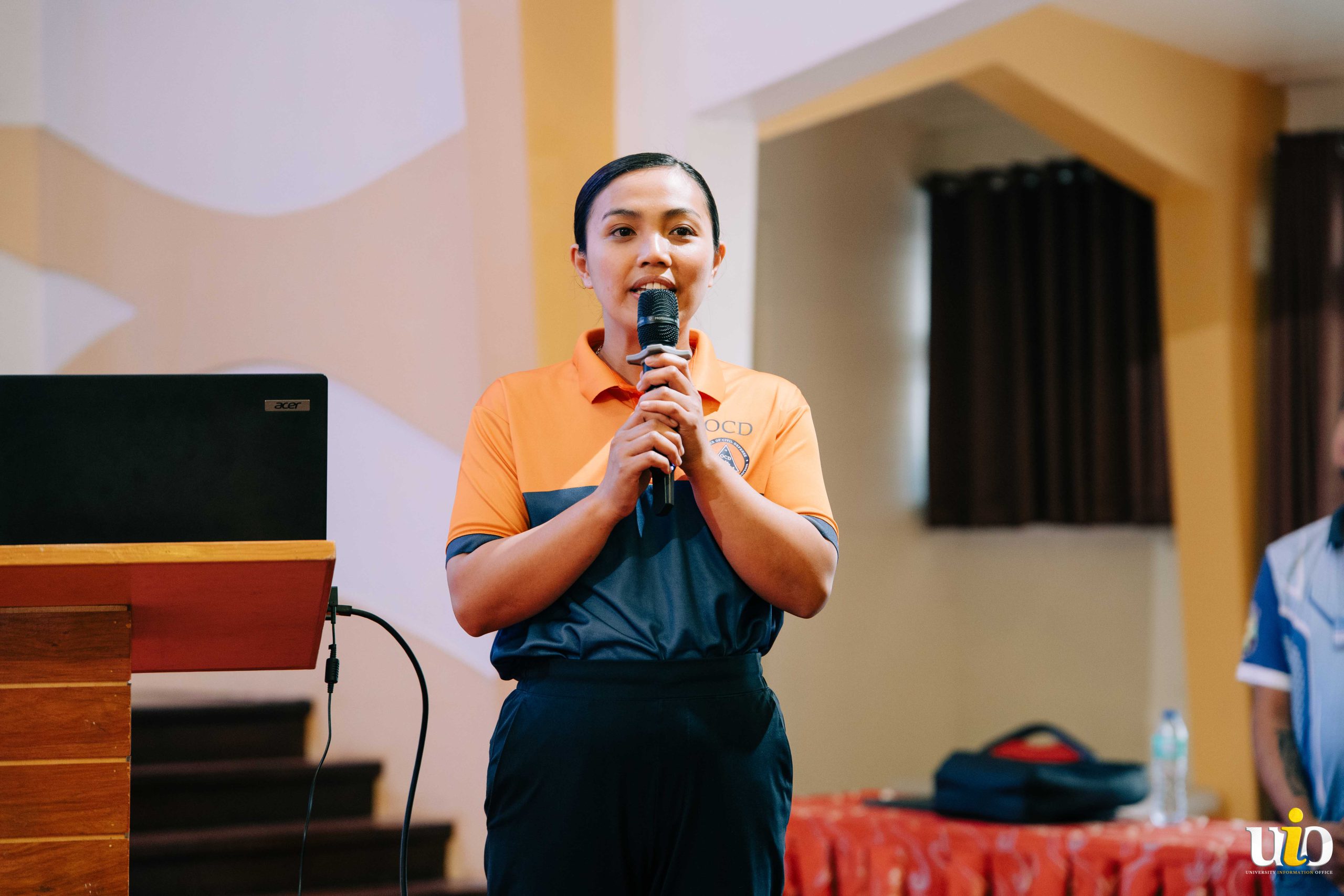



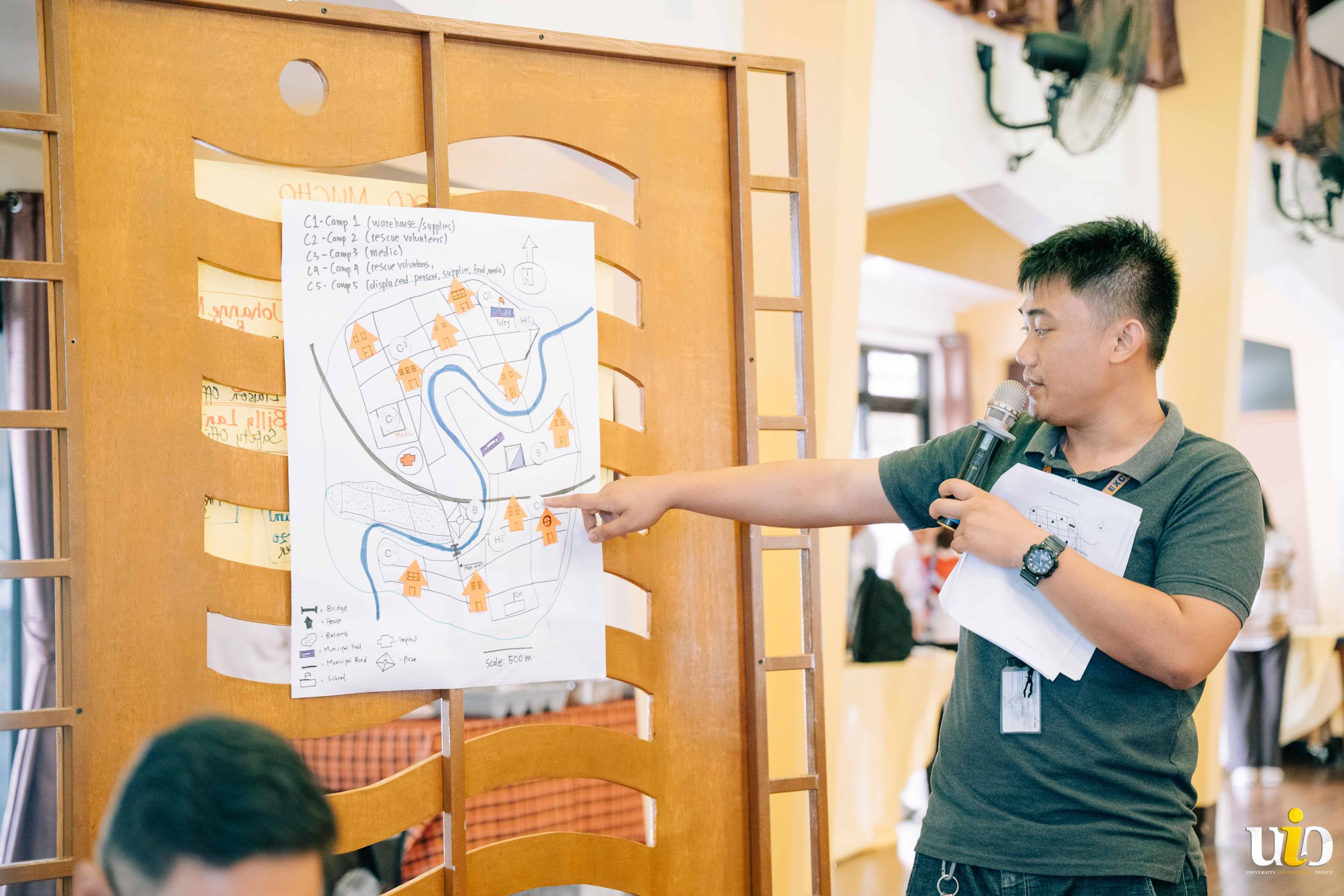
Day 3
Module 7: Incident and Event Planning, including Incident Action Plan
The third day progressed with two final modules. In Module 7, Mr. Allan Colt Lagasca elaborated on Incident and Event Planning, including Incident Action Plan formulation which integrated previous topics into a comprehensive response planning. He explained that IAP is a documented, operational plan specifying response assignments, objectives, strategies, tactics, resource allocations, and safety measures for an operational period. He highlighted key steps in the process including understanding the situation, establishing clear objectives, developing strategies and tactics, preparing the IAP document, and implementing the plan. Resources, such as medical teams, are assigned based on tactical needs aligned with objectives. It was emphasized that effective incident planning demands organized documentation, clear communication, and continuous briefings to manage the response efficiently and safely.
Module 8: Transfer of Command, Demobilization, and Closeout
Mr. Laurence Oliver Navalta, SLU CPMSD’s Assistant Director, focused on Module 8 and explained leadership transition, resource demobilization, and incident closeout procedures. He outlined the transfer of command and incident closeout process during emergency responses, highlighting when and how command should be transferred for efficiency, including thorough briefings on incident status, objectives, and resources. The closeout phase involves demobilizing resources, organizing equipment, and holding a final meeting to review performance, address issues, and ensure proper documentation and turnover before concluding operations.
The interactive presentations and scenario-based drills allowed participants to apply their learning in simulated real-world incidents. The training concluded with an exam and evaluation to confirm understanding of core ICS concepts, command processes, and role coordination, which are critical for effective crisis management in SLU’s environment.
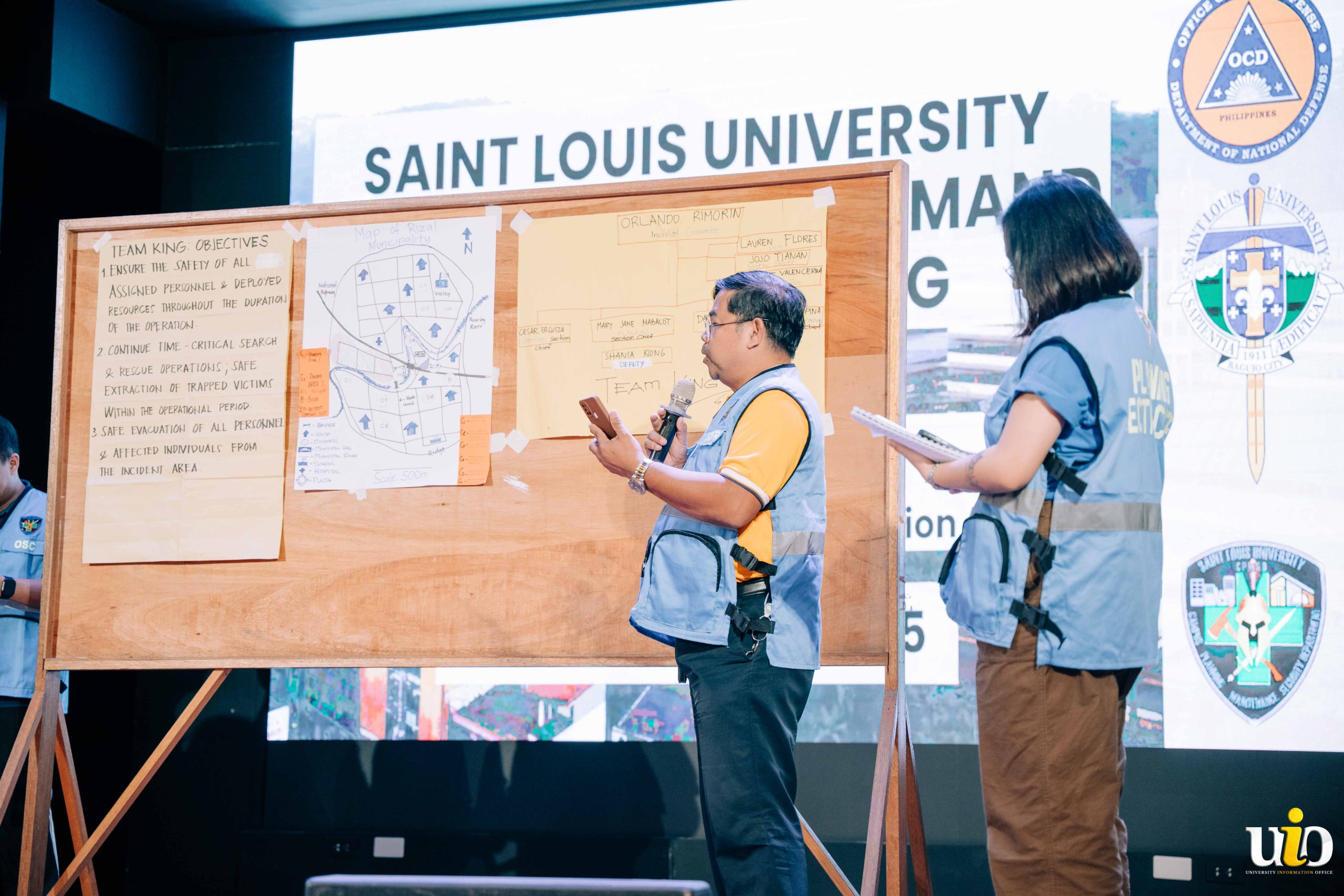



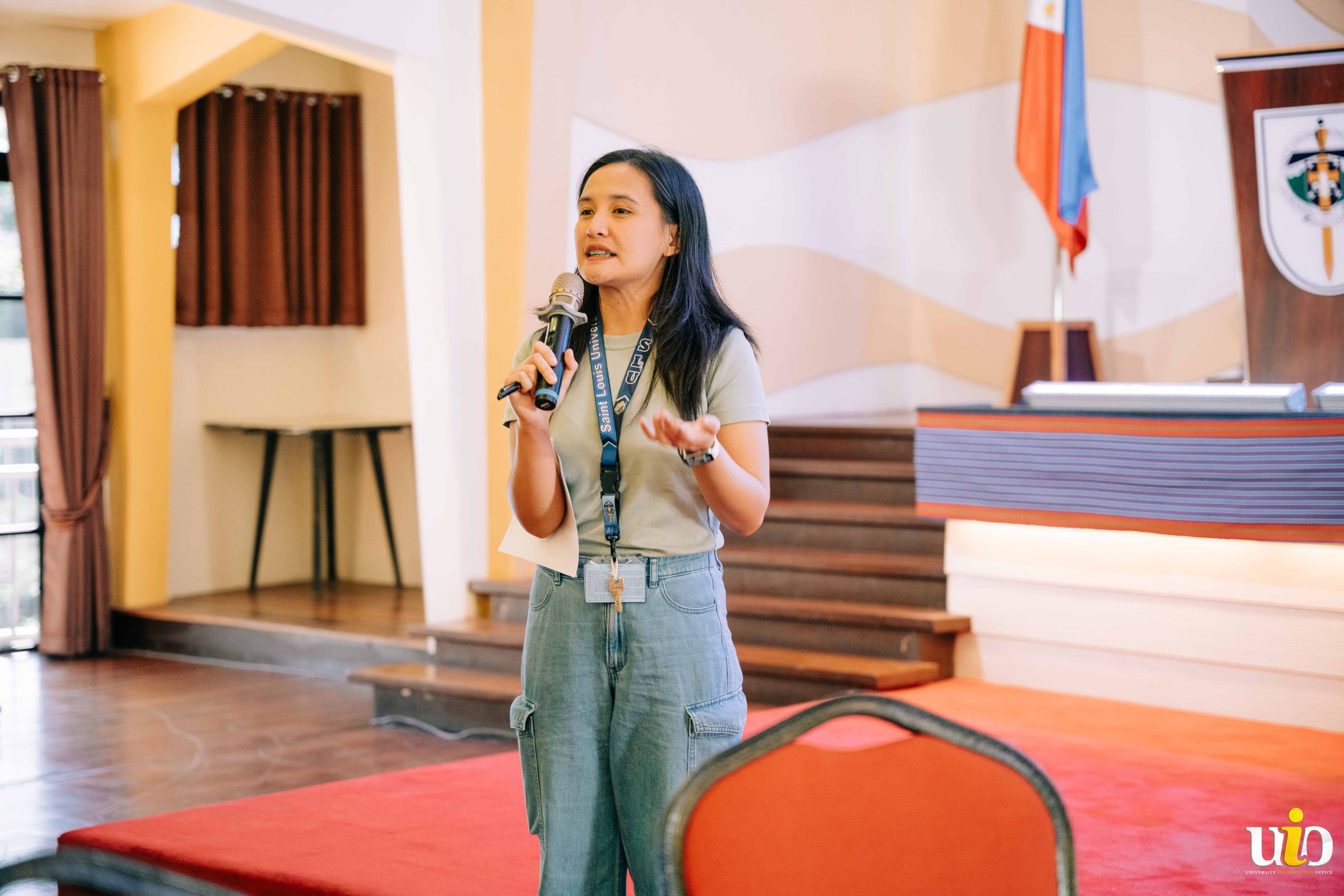
In the closing remarks, CMRT lead and SLU’s Vice President for Administration, Atty. Shellah Yzanne P. Merced expressed gratitude to all the training’s participants and partners from various agencies. “As an institution that cares for its people and resources, this 3-day training is both a humbling experience and a stern warning to all of us to be aware, to prepare, to be ready for anything. There is still so much to learn, but with our staunch commitment to achieve a resilient SLU, little by little, one step at a time, I am certain that this dream will become reality,” she noted.
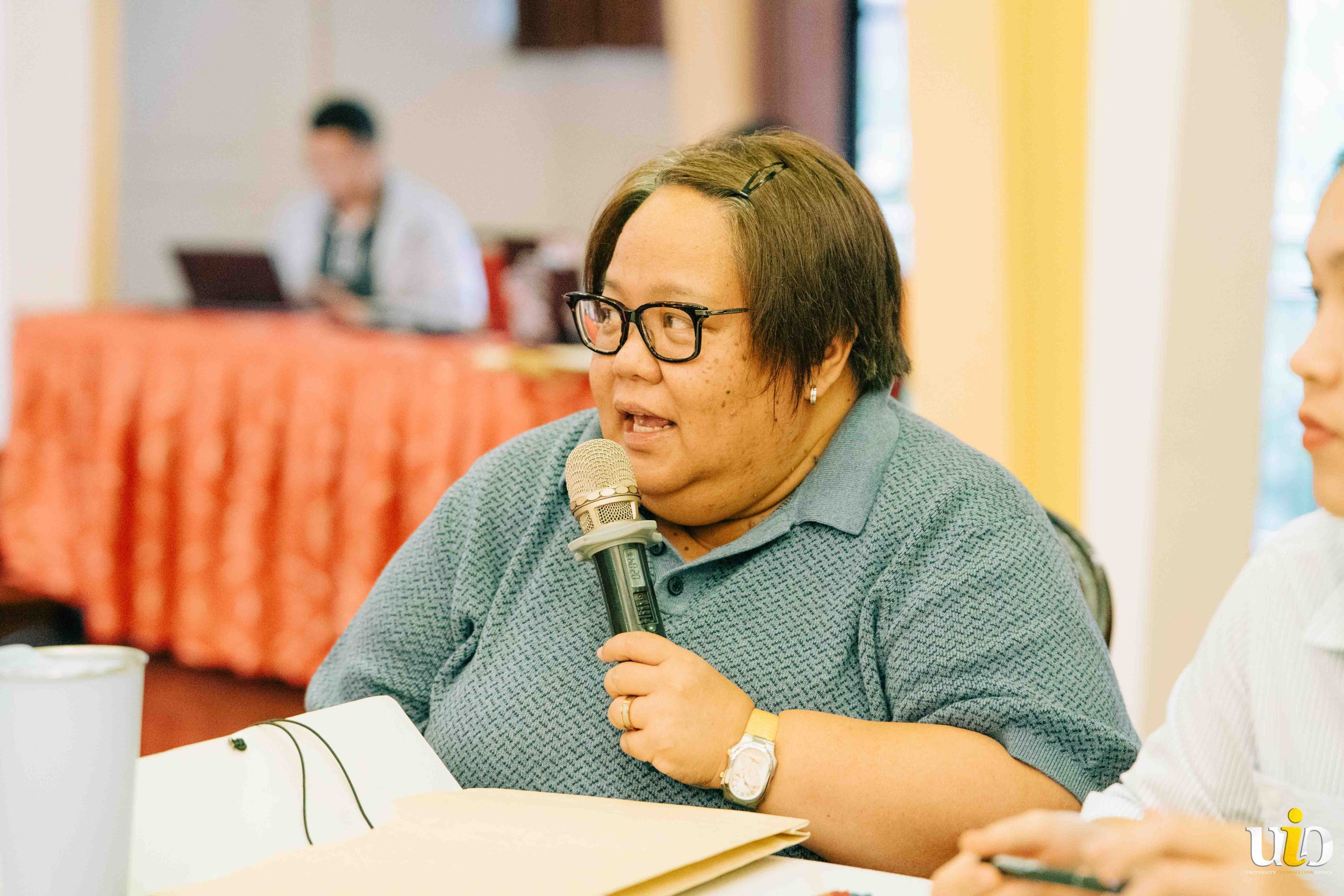
The BICS training demonstrated SLU’s strong commitment to fostering a culture of preparedness, resilience, and proactive crisis management in line with the Philippine Disaster Risk Reduction and Management Act of 2010, enhancing the university’s ability to protect lives and sustain operations during emergencies. It aligns with several Sustainable Development Goals (SDGs), including SDG 3 (Good Health and Well-being) by enhancing emergency health response; SDG 11 (Sustainable Cities and Communities) by building resilient infrastructure and disaster preparedness; and SDG 13 (Climate Action) through improved capacity to respond to natural hazards.

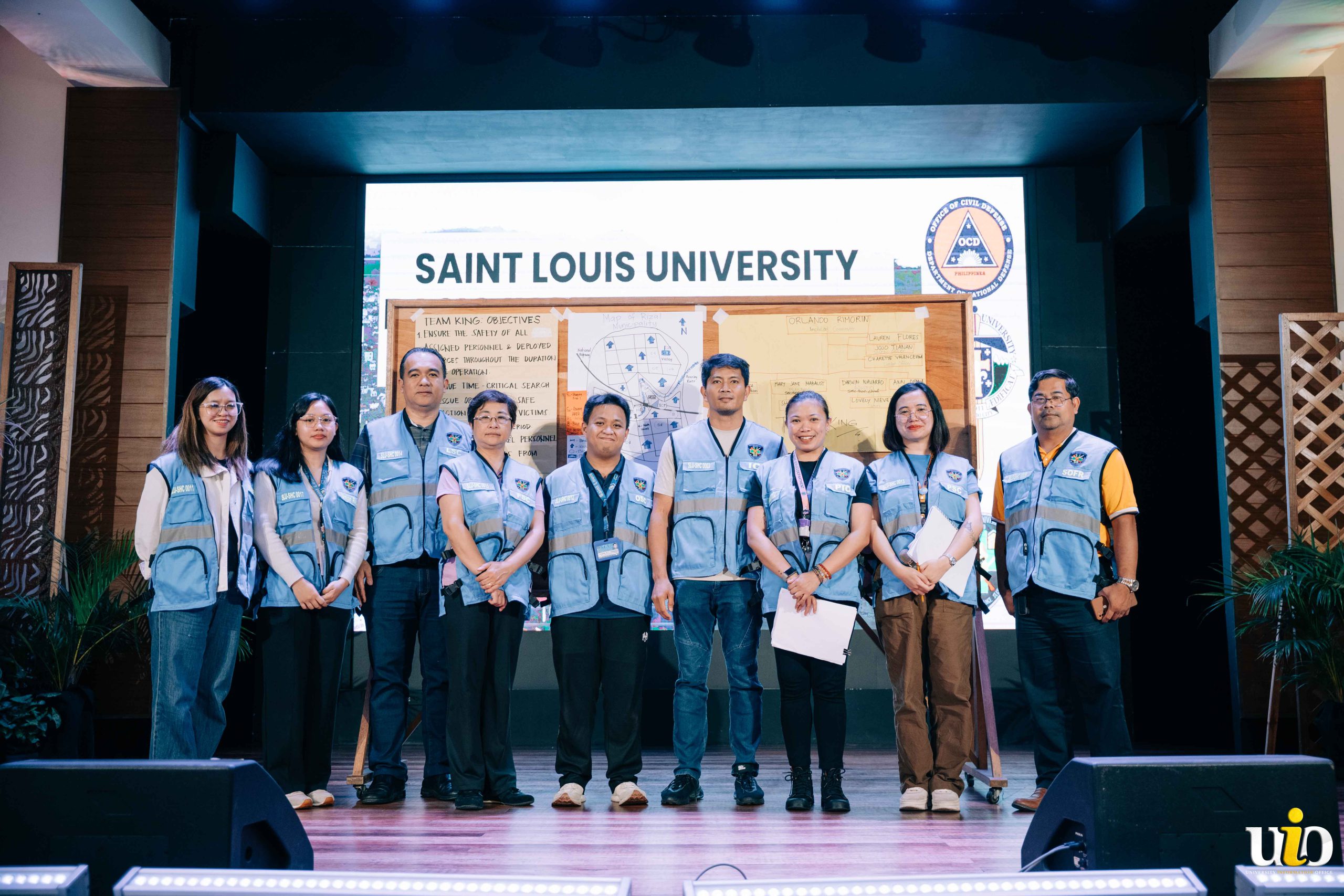
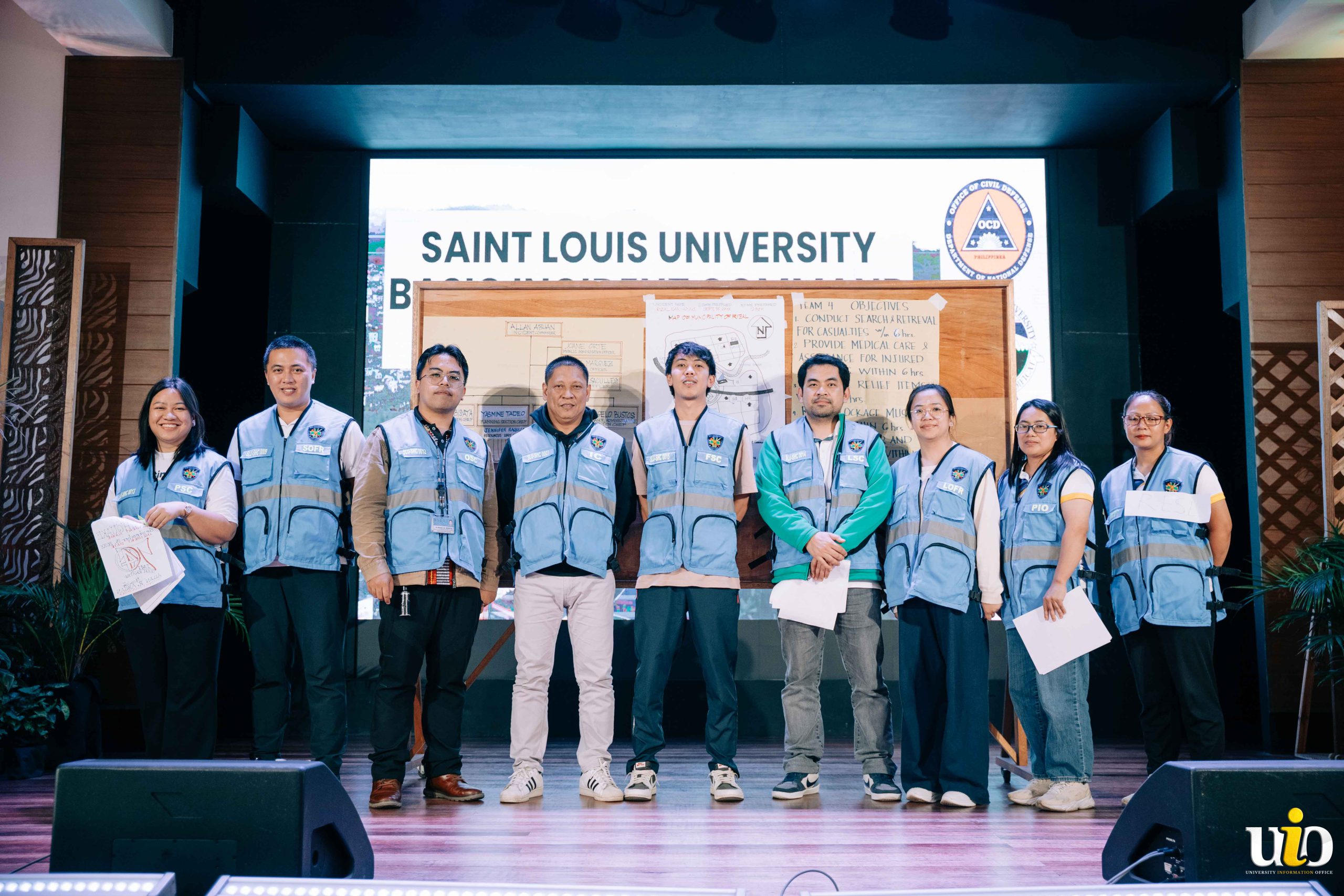
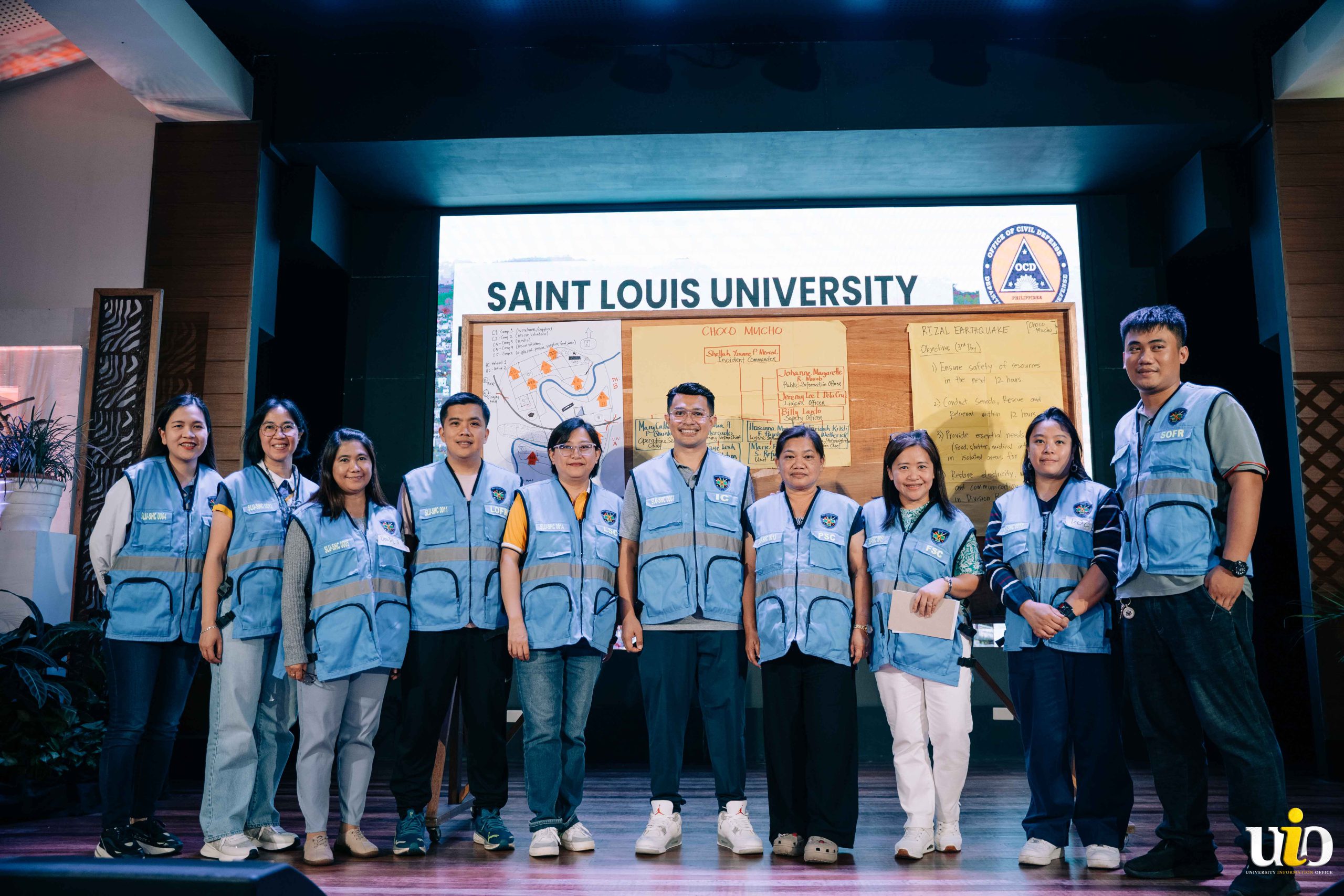
By integrating these goals, SLU advances not only safety and resilience within its community but also contributes to broader national and global efforts toward disaster risk reduction, readiness, and management. (Article by Rennalyn Charmie Tajon, UIO Intern | Photos by Trisha Andreah Visperas, UIO Intern)

